Be the Tree of Life
We’re quite taken with the tree of life motif at The Celtic Ranch. There is a resonance about this universal symbol that is at once classic, trendy and totally outside of time. We are surrounded by these gentle giants, but how often do we stop to take notice of the trees?
Recall Dr Seuss’ Lorax – he speaks for the trees! Or how about Treebeard and the other Ents in JRR Tolkien’s Lord of the Rings? From Shel Silverstein’s Giving Tree to the singing of O, Tannenbaum (Oh, Christmas Tree), trees have a long and abiding place in the human imagination as significant imagery, possessed of ancient wisdom and life-givers, even kindred. Irish legend tells the first man was an alder and the first woman was a rowan tree. But for all of their size and power, they are also vulnerable.
The ancestral Celts held trees in high esteem, as elders of the natural community. Practically, trees provide food, healing, shelter, and warmth (fire). Spiritually, they are magical beings and bestowers of blessing. Their powerful roots reach far down to the Otherworld, their branches reach to the Heavens and in between – their trunks connect the powers of both worlds with Middle Earth, the physical plane we occupy. Trees represent the axis mundi, the cosmic axis, the world pillar.
Before there were formal, made-made places of worship, the Celts practiced spirituality in the Sacred Groves of old growth forests like Scotland’s Wood of Caledon or Ireland’s ancient oak woodlands. The sacred symbol of a tribe or village was often a tree where councils, celebrations and inaugurations were held. To cut down your enemy’s sacred tree was to demoralize and defeat them.
A rather pedestrian symbol harkening to the Tree of Life is the Market Cross (Mercat Cross in Scots). Not really a “cross” in the cruciform sense, the Market Cross was often raised to denote a major crossroads and the site where vendors could set up their market stalls and engage in commerce. They often shared the space with an older standing stone that preceded it. In time, some of these Market Crosses became extremely ornate or were turned into more of a pavilion or building. One such cross you may have in memory is Banbury Cross, from the Nursery Rhyme.
Ride a cock horse to Banbury Cross
To see a fine lady upon a white horse.
With rings on her fingers and bells on her toes,
She shall have music wherever she goes.
It is but a short hop from the Market Cross to the High Celtic Crosses of Scotland, Ireland, Wales and anywhere the Celtic diaspora took this art form. The Celtic cross, with its distinctive “wheel” shape is thought to have grown quite organically from a sun wheel (with equidistant arms inside a circle) to the elaborately carved Christian crosses so often found in monastic graveyards. Interestingly, the Celtic cross imagery has more to do with a representation of Christ in Majesty (the circle as halo) or Divine Light (the powerful Son/Sun) rather than anything to do with crucifixion. These intricately decorated monuments are all about hope and the power of life over death. (The Ranch offers lovely examples in metal, clay and peat turf!)
April is a good month to think on trees. Monday, April 22 is Earth Day and Friday, April 26 is Arbor Day. We’ll be celebrating trees and all of the good gifts they so generously give us with a variety of fun activities and special promotions that week. Branch out, turn over a new leaf and feel the sap rising at The Celtic Ranch!
Meanwhile, tap into the power of trees. Spend some time in the presence of a specific tree; receive the peace and strength it has to offer. Stand yourself barefoot on the good earth on one of these spring warmed days. Dig your toes into the ground and imagine your roots running deeply to the source of water, nourishment and stability. Stretch your arms and trunk high in the air with open hands to receive the abundance all around you. Be the Tree of Life.
Lori McAlister,
Wrangler of Cultural Affairs

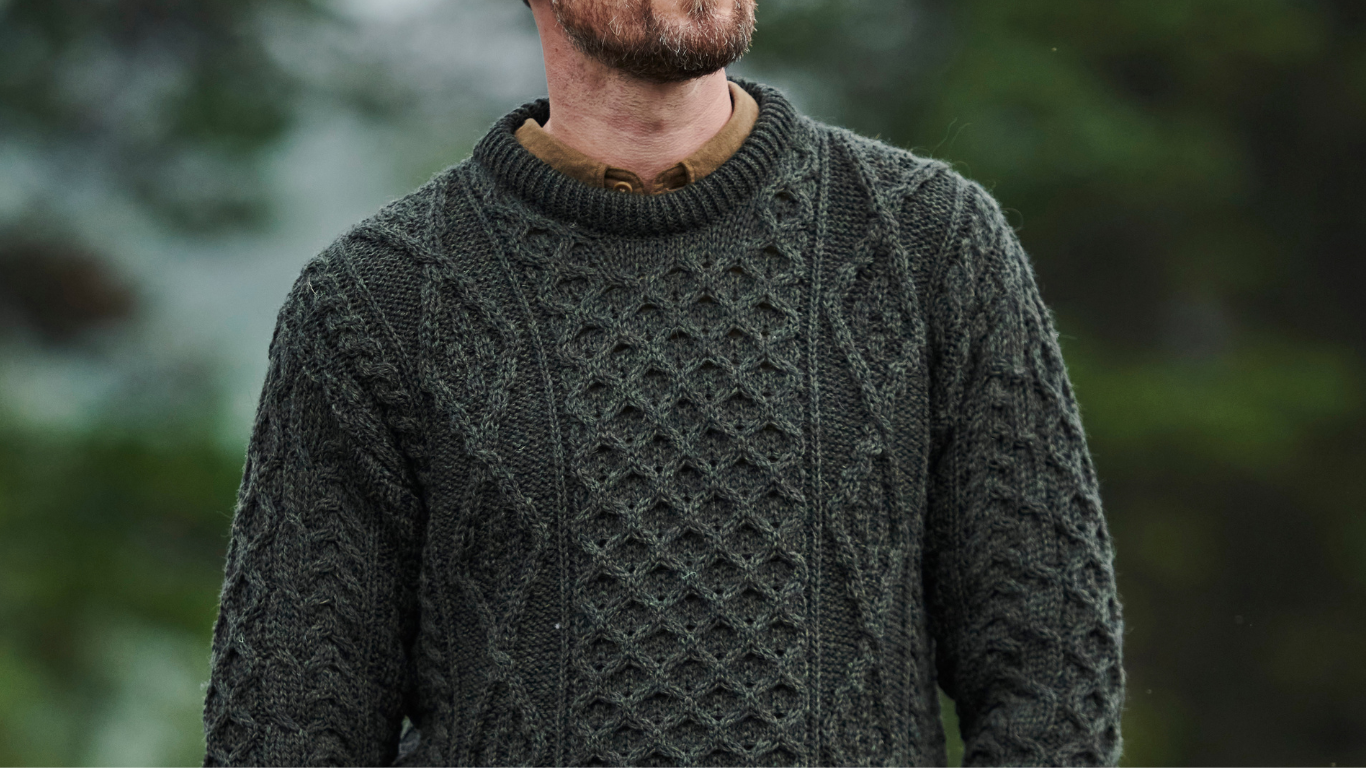



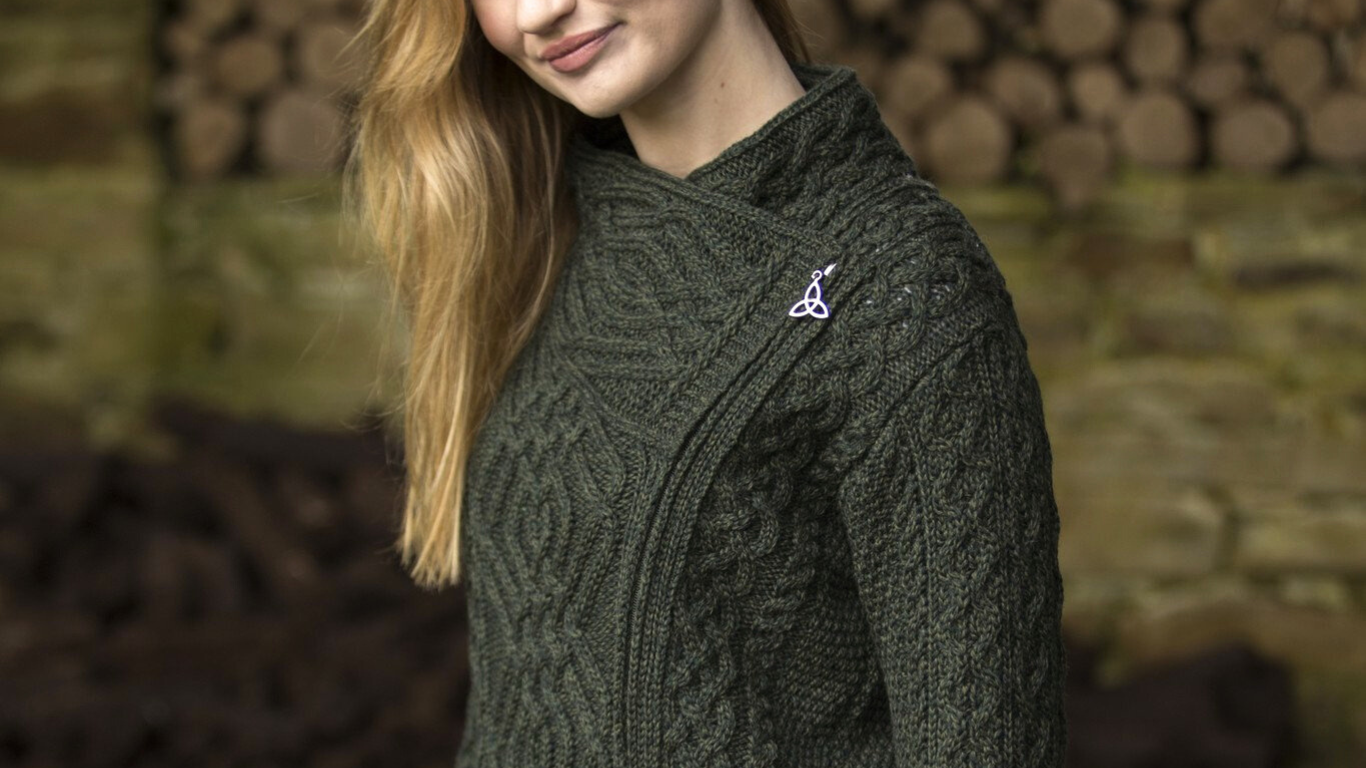



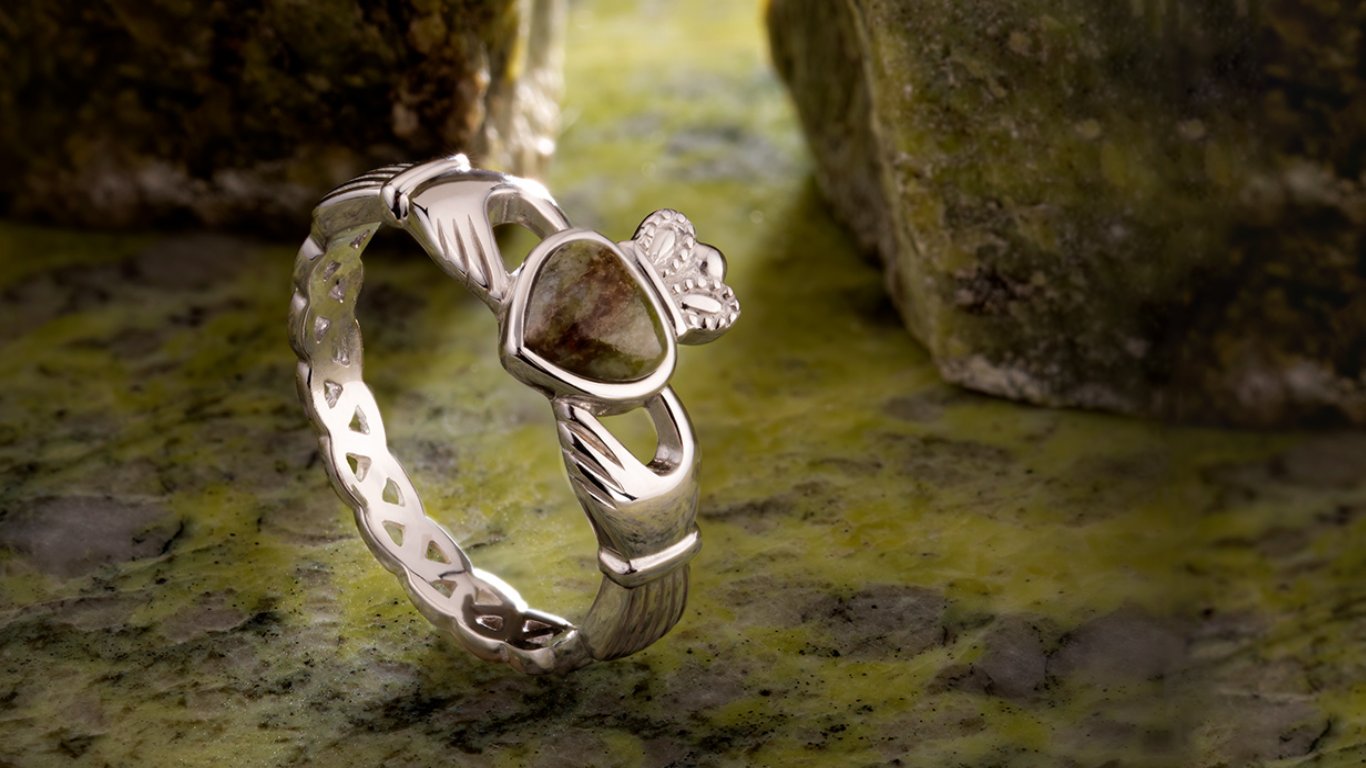
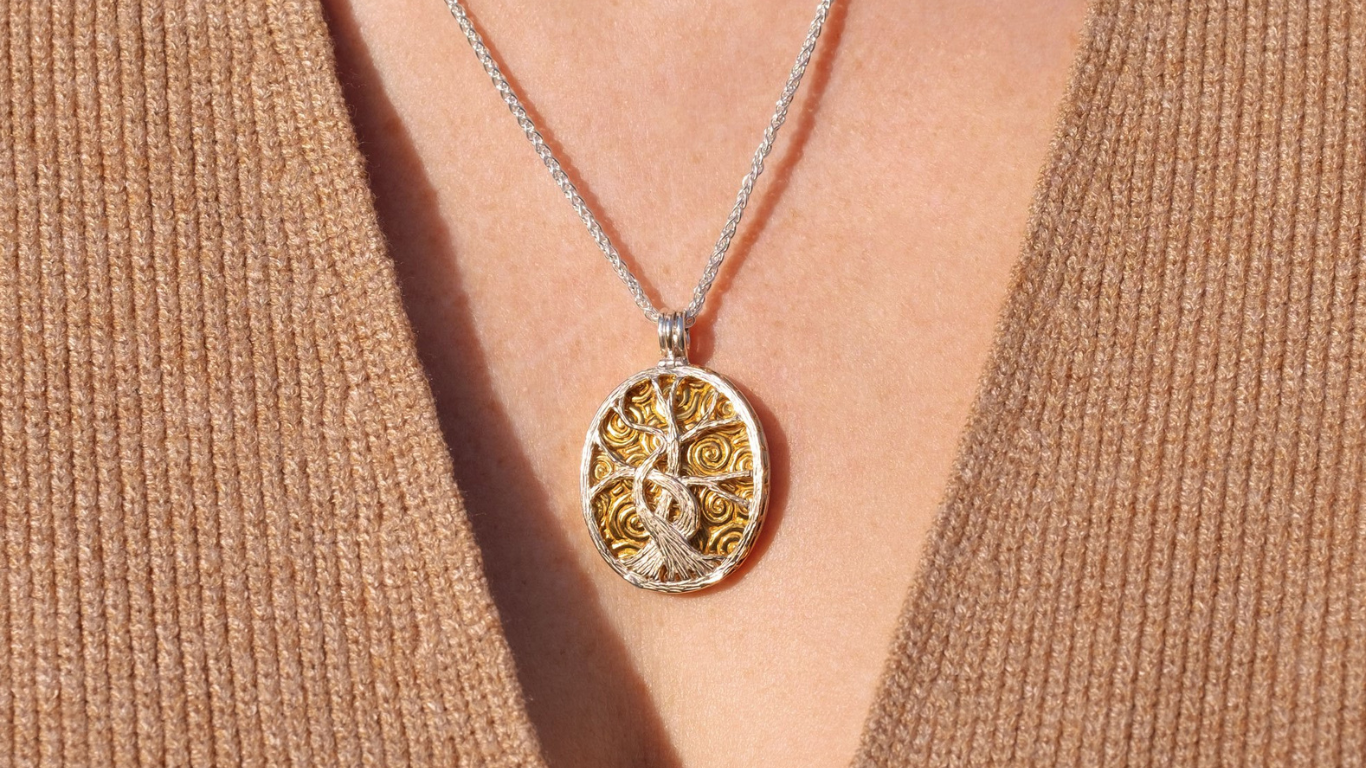

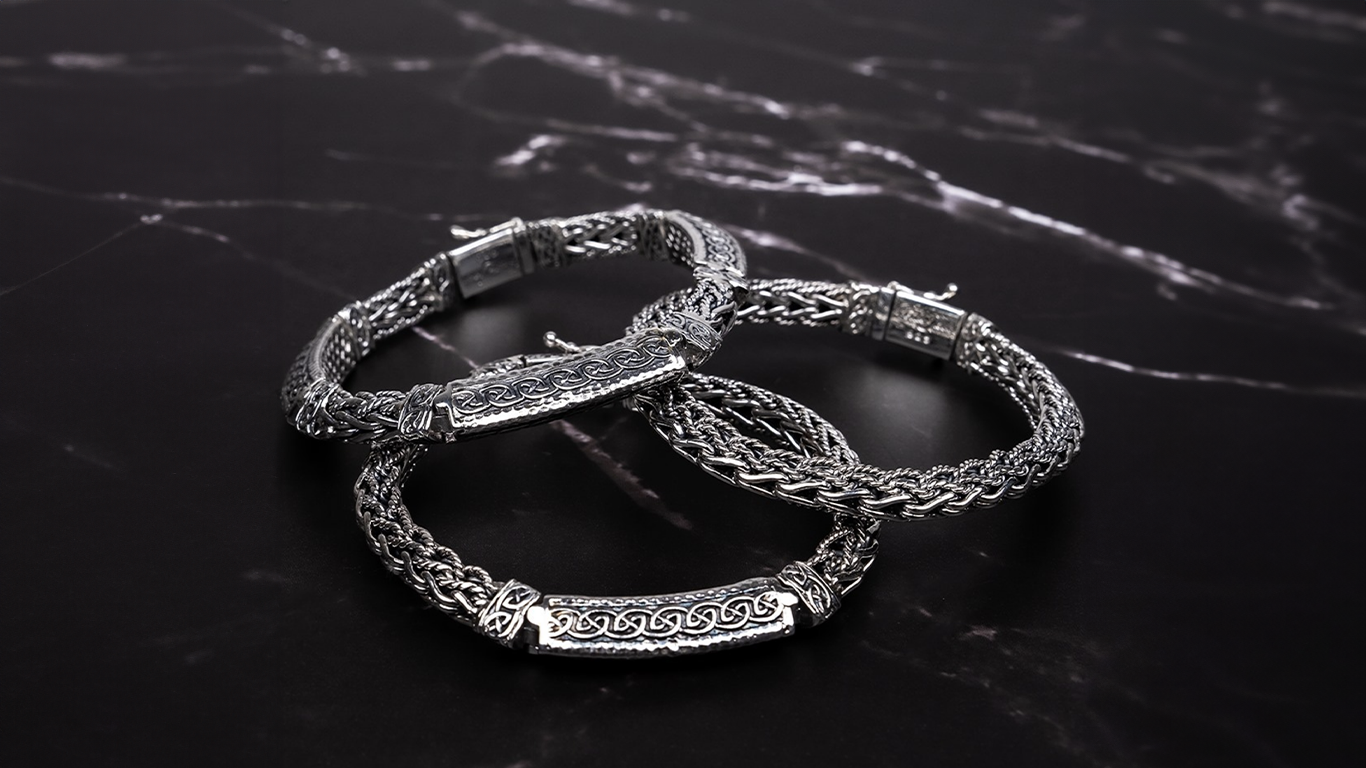

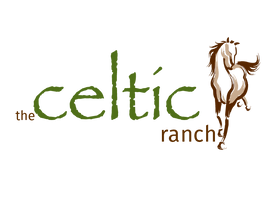
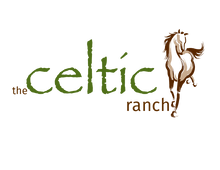



Leave a comment